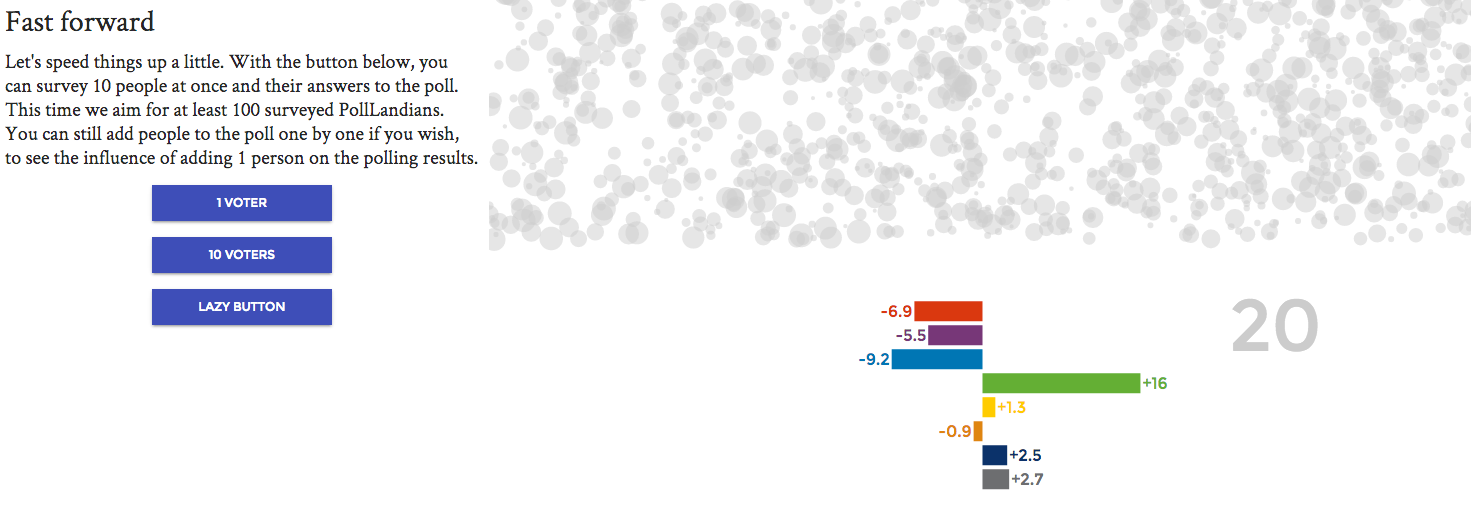NRL Predictions for Round 3
Team Ratings for Round 3
The basic method is described on my Department home page.
Here are the team ratings prior to this week’s games, along with the ratings at the start of the season.
| Current Rating | Rating at Season Start | Difference | |
|---|---|---|---|
| Broncos | 9.46 | 9.81 | -0.30 |
| Cowboys | 8.62 | 10.29 | -1.70 |
| Roosters | 7.61 | 11.20 | -3.60 |
| Storm | 4.28 | 4.41 | -0.10 |
| Rabbitohs | 3.98 | -1.20 | 5.20 |
| Bulldogs | 3.02 | 1.50 | 1.50 |
| Sharks | 1.30 | -1.06 | 2.40 |
| Raiders | 0.12 | -0.55 | 0.70 |
| Dragons | -1.41 | -0.10 | -1.30 |
| Sea Eagles | -2.23 | 0.36 | -2.60 |
| Wests Tigers | -3.05 | -4.06 | 1.00 |
| Panthers | -3.15 | -3.06 | -0.10 |
| Eels | -3.67 | -4.62 | 1.00 |
| Warriors | -7.04 | -7.47 | 0.40 |
| Titans | -7.45 | -8.39 | 0.90 |
| Knights | -8.71 | -5.41 | -3.30 |
Performance So Far
So far there have been 16 matches played, 12 of which were correctly predicted, a success rate of 75%.
Here are the predictions for last week’s games.
| Game | Date | Score | Prediction | Correct | |
|---|---|---|---|---|---|
| 1 | Panthers vs. Bulldogs | Mar 10 | 16 – 18 | -3.40 | TRUE |
| 2 | Broncos vs. Warriors | Mar 11 | 25 – 10 | 21.40 | TRUE |
| 3 | Raiders vs. Roosters | Mar 12 | 21 – 20 | -5.40 | FALSE |
| 4 | Rabbitohs vs. Knights | Mar 12 | 48 – 6 | 11.60 | TRUE |
| 5 | Eels vs. Cowboys | Mar 12 | 20 – 16 | -11.40 | FALSE |
| 6 | Sharks vs. Dragons | Mar 13 | 30 – 2 | 2.20 | TRUE |
| 7 | Storm vs. Titans | Mar 13 | 34 – 16 | 14.10 | TRUE |
| 8 | Wests Tigers vs. Sea Eagles | Mar 14 | 36 – 22 | 0.30 | TRUE |
Predictions for Round 3
Here are the predictions for Round 3. The prediction is my estimated expected points difference with a positive margin being a win to the home team, and a negative margin a win to the away team.
| Game | Date | Winner | Prediction | |
|---|---|---|---|---|
| 1 | Cowboys vs. Roosters | Mar 17 | Cowboys | 4.00 |
| 2 | Bulldogs vs. Eels | Mar 18 | Bulldogs | 9.70 |
| 3 | Knights vs. Raiders | Mar 19 | Raiders | -5.80 |
| 4 | Panthers vs. Broncos | Mar 19 | Broncos | -9.60 |
| 5 | Titans vs. Wests Tigers | Mar 19 | Wests Tigers | -1.40 |
| 6 | Warriors vs. Storm | Mar 20 | Storm | -7.30 |
| 7 | Dragons vs. Rabbitohs | Mar 20 | Rabbitohs | -2.40 |
| 8 | Sea Eagles vs. Sharks | Mar 21 | Sharks | -0.50 |

